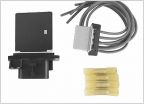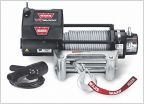-
Welcome to Tacoma World!
You are currently viewing as a guest! To get full-access, you need to register for a FREE account.
As a registered member, you’ll be able to:- Participate in all Tacoma discussion topics
- Communicate privately with other Tacoma owners from around the world
- Post your own photos in our Members Gallery
- Access all special features of the site
Power Steering Hose Replacement - Tips and Tricks?
Discussion in '2nd Gen. Tacomas (2005-2015)' started by jtallerm, Jan 15, 2019.


 Need aftermarket block heater for V6 4L Tacoma
Need aftermarket block heater for V6 4L Tacoma Rack And Pinion Bushings 2005-2013
Rack And Pinion Bushings 2005-2013 AC FAILED MAYDAY
AC FAILED MAYDAY Mods...Help me pick, TW!
Mods...Help me pick, TW! Exhaust tips rubbing up against fender
Exhaust tips rubbing up against fender







































































